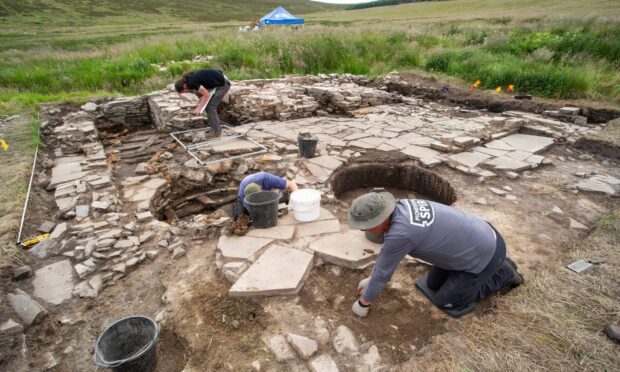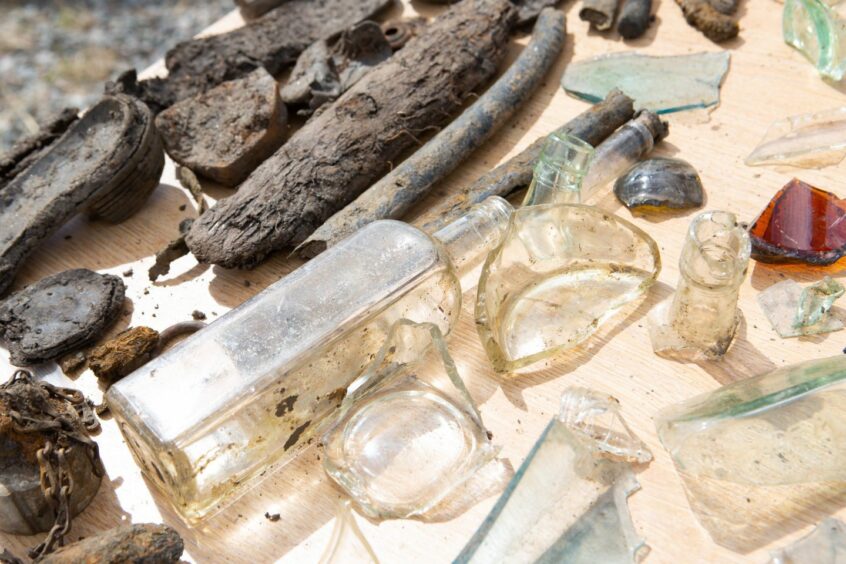New discoveries about centuries-old whisky practices have been uncovered during a two-week dig at the old Glenlivet Distillery.
Archaeologists from the National Trust for Scotland, in collaboration with Glenlivet, unearthed fascinating relics from the site of the original Speyside whisky.
As part of the Pioneering Spirit project, the team discovered three fire pits that were used for the copper stills, timber-lined vats and receivers.
They also found whisky tasting glasses, from which they could piece together the entire whisky process used during the 19th Century.
It is estimated a site like Glenlivet could have produced around six hogsheads of whisky per week, equal to 1,530 litres.
The Glenlivet Distillery was founded in 1824 by George Smith, who risked life and liberty to become the first legal whisky distiller in the area.
Relics from early years of whisky production
The site is well preserved despite the fact it would have been dismantled when the distillery moved to its current location down the hill.
Other finds included a George III silver shilling dating from around 1816 to 1820, just before the 1823 Excise Act came into force.
National Trust for Scotland’s head of archaeology, Derek Alexander, said: “Despite the site having been intentionally dismantled when the distillery was relocated in 1859, we have been surprised by the level of preservation of some of its structural elements.
“It is still possible to trace the main activities within the still house and there were even some wooden elements surviving that must be around 200 years old.
“The old site at The Glenlivet forms a really nice crossover between the small-scale illicit whisky bothies hidden in the hills, through the medium-scale, farm-based level of production, to the large-scale factory facility, that characterises the Scottish whisky-making industry today.
“We can see many elements of the legalised whisky production process here, and many of the artefacts also provide an insight into the lives of the staff who lived and worked there.”


Conversation